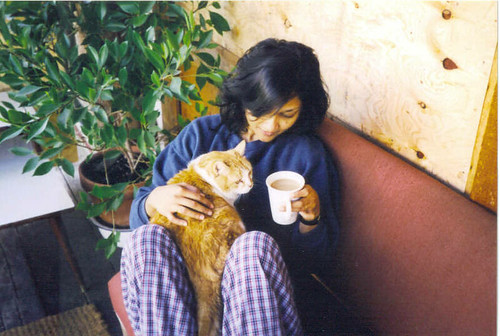Molecular Gastronomy
Being a food enthusiast, how can I let this article pass by unmentioned?
The Father of Molecular Gastronomy Whips Up a New Formula
Hervé This (pronounced Tees/Tiss) formulated the delectable chocolat chantilly over a dozen years ago.
Following his Grandes Écoles diploma in physical chemistry, he apparently was intrigued by what he calls "cooking precisions" when
One night, he invited friends to dinner and made a cheese soufflé from a recipe that said to add the egg yolks two at a time. "Because I was a rational man," he says, "I decided to put in all of the yolks together. It was a failure."He then started testing these "cooking precisions" — rules he gleaned from disparate sources like 19th- century cookbooks, old wives' tales, and the tricks of modern chefs — to see which ones held up (the skin on a suckling pig really does crackle more if you chop off its head right after roasting) and which didn't (a menstruating cook won't ruin mayonnaise).
The standard way to hard-boil eggs in Europe and America—10 minutes in boiling water—is not ideal, says This. The trouble, he notes clinically, is that 212 degrees Fahrenheit is far higher than the temperature at which the egg whites and the yolks coagulate. Egg whites are made up of protein and water (yolks contain fat as well). As eggs cook, their balled-up proteins uncoil into strands, and the strands bind together to form an intricate mesh that traps water. In essence, the proteins form a gel, a liquid dispersed in a solid. Boiling causes too many egg proteins to bind and form dense meshes, "so there is less sensation of water in the mouth," says This. Voilà: rubbery egg whites and sandy, grayish yolks.
Naturally, I started looking up more references as I was intrigued. Khymos was an interesting resource for me.
Labels: general banter


0 Comments:
Post a Comment
<< Home